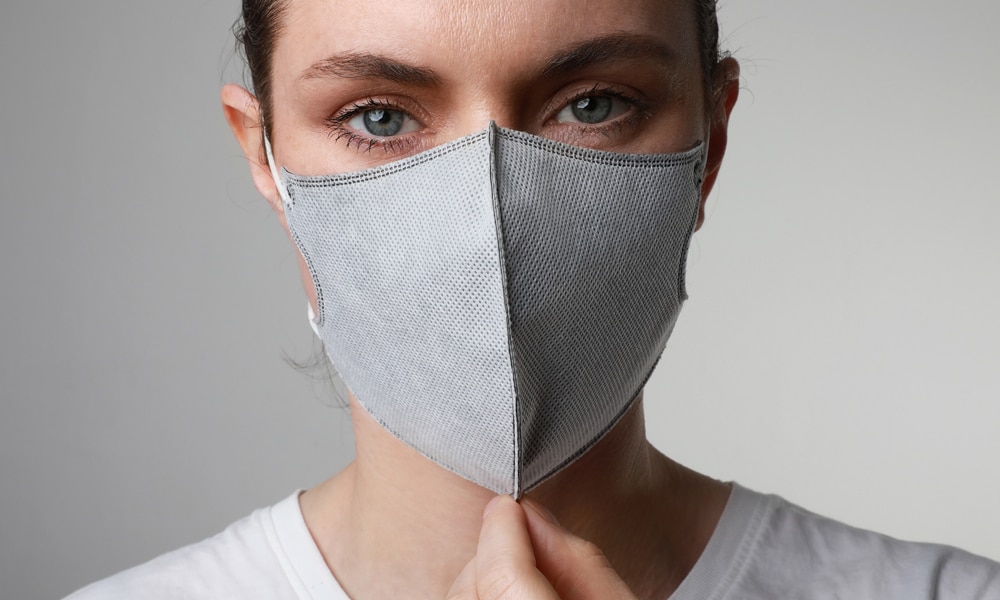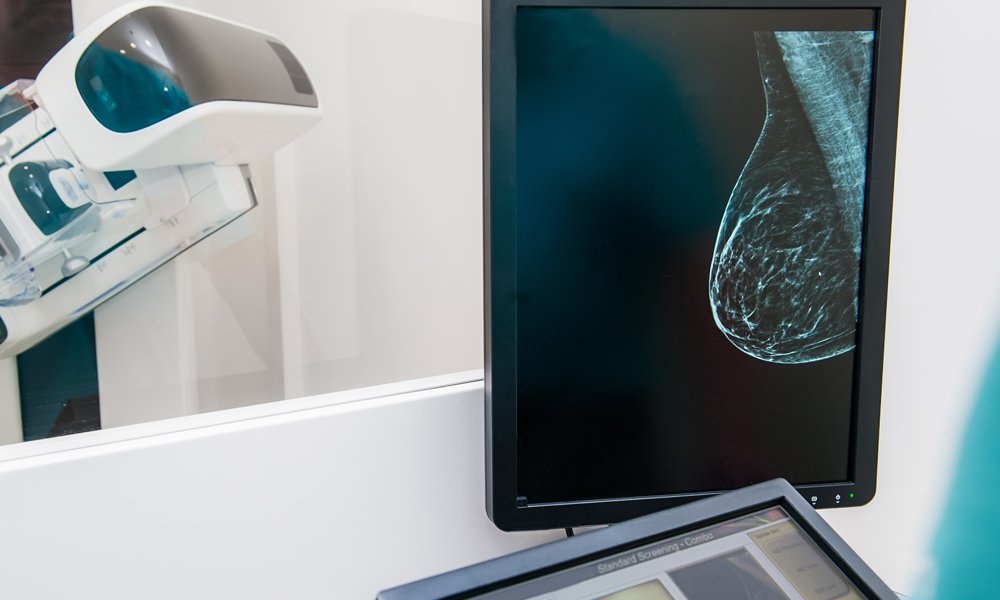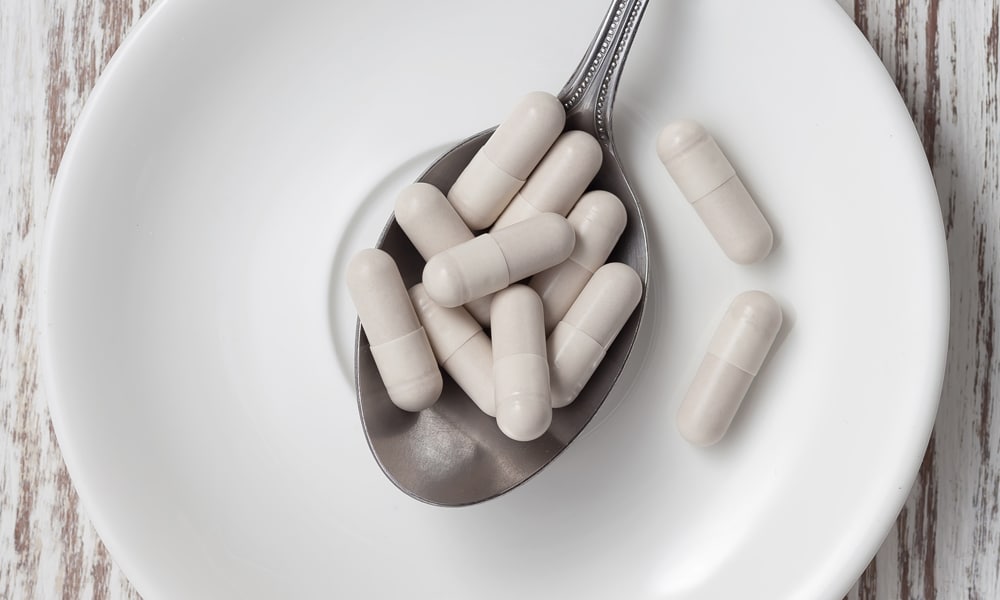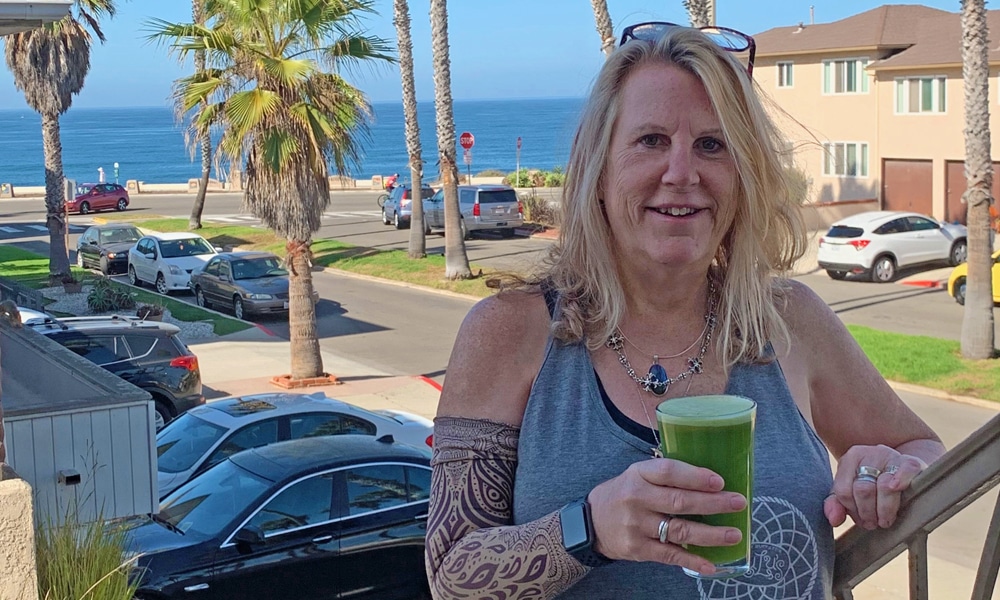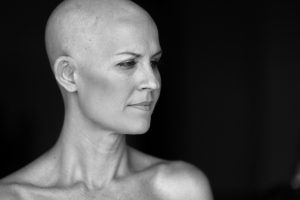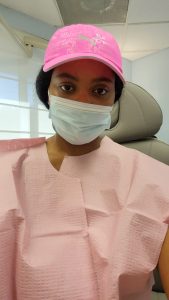There are a variety of factors that increase breast cancer risk, some of which respond well to risk-reducing medications. The term “chemoprevention” is a term often used to describe a number of risk reducing drugs intended for the purpose of decreasing breast cancer risk.
The following factors are considered significant enough to warrant a discussion with your provider to see if “chemoprevention” is a good choice for you.
- “Abnormal cells” on a previous breast biopsy (Atypical Ductal or Lobular Hyperplasia, or Lobular Carcinoma in Situ, in particular)
- 35 years of age or older with a > 1.7% calculated 5-year risk for developing breast cancer (this calculation can be provided by a health care provider who has access to and proficiency in the use of breast cancer risk assessment models, such as we do here at Pink Lotus Breast Center)
- An inherited genetic mutation (such as BRCA or another cancer susceptibility gene) and not having chosen to undergo preventive mastectomy or pre-menopausal removal of the ovaries
What medications are there?
At the present time, there are three medications recommended for breast cancer risk reduction:
- Tamoxifen
- Raloxifene (Evista)
- Exemestane (Aromasin)
These medications are used to prevent breast cancer tumors that are hormone dependent, which the majority of breast cancers are. Breast cancer risk can be reduced by approximately 50% or more. Tamoxifen and Raloxifene work by blocking the effects of estrogen on breast tissue. Exemestane works by blocking aromatase, an enzyme whose role is to convert the hormone androstendione to estrogen in the body after menopause, thus decreasing circulating estrogen levels. Right now, Tamoxifen and Raloxifene are the only drugs FDA-approved for breast cancer prevention, though Exemestane has been shown to be very effective, as well. All three medications are recommended to be taken for a duration of 5 years.
Over 11 hours of video content are now available to stream from any device. If you cannot attend our annual Summit at Terranea Resort, sign up for the Virtual Summit instead and get the same information from the in-person Summit in the convenience of your own home.
Common side effects, health risks, and other important details:
Tamoxifen
- Menopausal symptoms
- Fatigue
- Leg cramps
- Irregular vaginal bleeding
- Increased risk of uterine cancer, cataracts, blood clots in the large veins or lungs, and stroke
- For pre- and post-menopausal use
Raloxifene
- Menopausal symptoms
- Leg cramps/joint pain
- Insomnia
- Increased risk of uterine cancer, blood clots in the large veins or lungs, and stroke (though less of a risk than with Tamoxifen)
- For post-menopausal use only
Exemestane
- Menopausal symptoms
- Joint pain
- Bone loss (decrease in bone mineral density)
- For post-menopausal use only
Stay Connected
Stay Connected
Deciding whether or not to take a chemopreventive agent depends upon a number of factors and warrants a careful discussion between you and your health care provider.
Look for a breast center that offers a comprehensive cancer risk assessment program that includes a thorough evaluation of factors that impact breast cancer risk. Recommendations should be provided for increased and enhanced cancer surveillance and management, including the use of chemoprevention and other risk reduction strategies.






